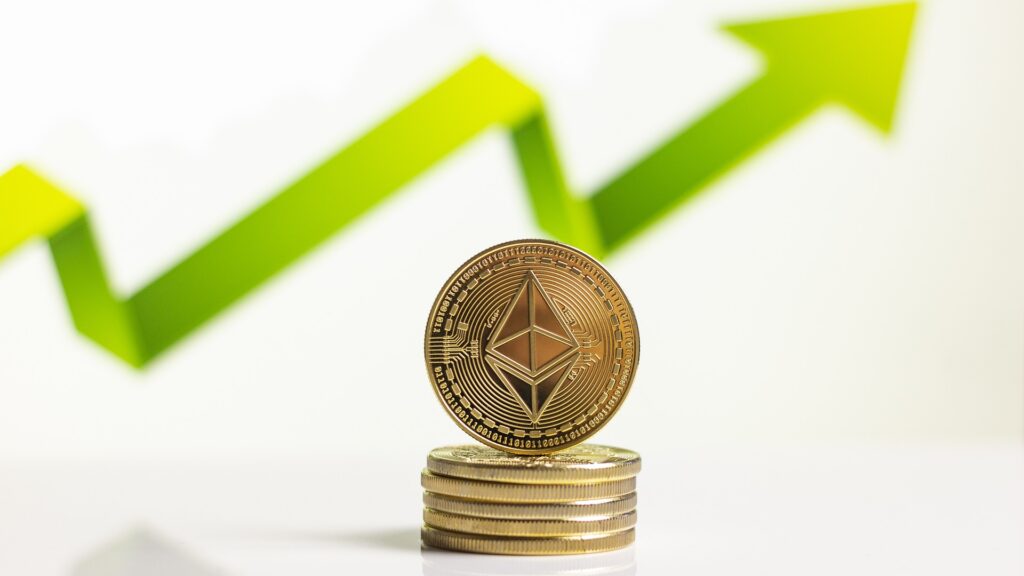The Ethereum 2.0 upgrade, also known as Ethereum Serenity, has gained momentum with the successful implementation of the London Hard Fork and the transition to a more sustainable Proof-of-Stake (PoS) consensus mechanism, expected to improve scalability and reduce energy consumption.
The London Hard Fork, which took place in August 2021, introduced several key changes to the Ethereum blockchain, including the implementation of the Ethereum Improvement Proposal (EIP) 1559. EIP 1559 introduced a new fee structure that aims to make transaction fees more predictable and efficient, while also burning a portion of the fees, effectively reducing the supply of Ethereum and potentially making it a deflationary asset.
Another significant aspect of the Ethereum 2.0 upgrade is the transition from the current Proof-of-Work (PoW) consensus mechanism to a more sustainable PoS mechanism. PoW requires miners to solve complex mathematical problems to validate transactions and create new blocks, which consumes a significant amount of computational power and energy. PoS, on the other hand, allows users to participate in block validation based on the amount of cryptocurrency they hold and “stake” as collateral, reducing the need for computational power and energy consumption.
The move to PoS is expected to significantly improve the scalability of the Ethereum network, as it allows for more transactions to be processed in a shorter amount of time compared to PoW. Additionally, the transition to PoS is also expected to reduce the energy consumption associated with Ethereum mining, making it a more sustainable option compared to PoW-based blockchains.
The Ethereum 2.0 upgrade has been a major development in the evolution of the Ethereum blockchain, with the London Hard Fork and the transition to PoS gaining widespread attention and support from the Ethereum community and beyond. These changes are expected to address some of the scalability and energy consumption challenges associated with Ethereum, paving the way for a more efficient and sustainable blockchain ecosystem. However, as with any major upgrade, there may also be challenges and risks, and continued monitoring and optimization will be important as Ethereum 2.0 continues to roll out.


